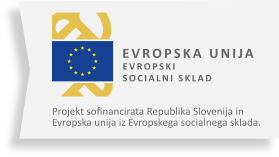Introduction to Mayers-Briggs Typology Indicator
Aim
Introduction to Jungian personality types and their usage in work/educational settings.
Description
TARGET GROUP
Young people (15 – 29 years). It can even be used when working with adults.
TIME NEEDED
30-90 minutes
IMPLEMENTATION
A short introduction to the Mayers-Briggs Typology Indicator (MBTI), its history and usage.
Testing the participants with the link in the source section.
Discuss different applications in individual development, differences in learning preferences and its application as the framework for intragroup social dynamics.
Test results will be in the form of a 4-letter abbreviation:
- I/E: Introverted/Extroverted stands for the personal orientation towards the world. Introverts follow the reflection-action-reflection sequence, gain energy from spending time alone and expend it in a group setting. In contrast, extroverts follow the action-reflection-action sequence, gain energy from group/social settings and expend it by spending time alone and reflecting.
- S/N: Sensing/Intuitive stands for the mode of perceiving the world and gathering information from it. Sensors prefer facts and factual information in the here and now, while intuitive see the patterns in experiences and are more oriented in projecting that pattern to future possibilities.
- T/F: Thinking/Feeling dichotomy is the type of values the person orients by. Thinking types tend to be logical and analytical and consider the logical sequences of events and actions. In contrast, Feeling types emphasize the human factor in the interactions with empathy and sympathy.
- P/J – Perceiving/Judging dichotomy stands for the individual’s goal orientation. Perceiving types are all about gathering as much information from the world and developing further opportunities for experiences while judging types use the collected information to form opinions and values and further develop their judgement skills. Perceiving types are more prone to keeping their options open, while the judging types prefer to have an exact action plan and follow it through.
After finishing the test, two volunteers can be brought to the centre of the circle/in front of the group and discuss open-ended questions like relationships in their life, personal goals, the achievements they find worth mentioning and how they perceive the person in front of them.
The final part of the session should be used for the participants’ reflection. Some questions that could be asked are:
- What do you think of your results? Are they accurate?
- How would you further develop your skills, considering the results?
- If a person close to you took the test, what do you think their results be?
LIST OF MATERIALS
Complete information and the test can be found in the link in the source section.

